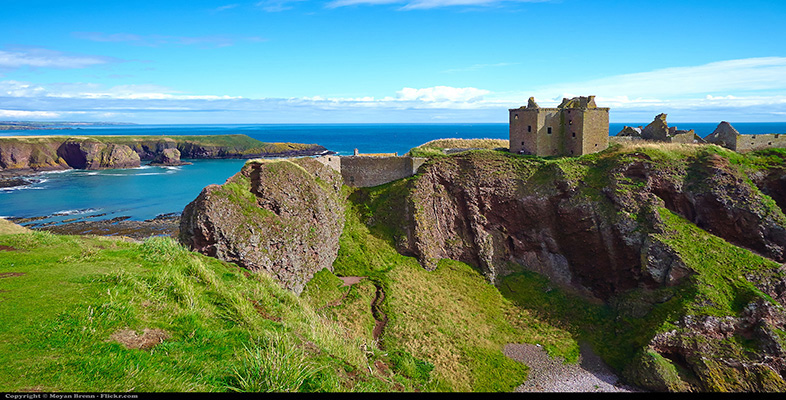2.7 Conclusion: Culloden in its wider context
Moving back out to look at Culloden in its wider context, what can we say that we have learned about the site and its meanings? For international visitors with few or no connections to the battle or to Scotland, it appears to be a site of pilgrimage that is functioning as a place to begin to decode the Scottish identity and the Scottish nation. At home, the major narrative of Culloden for Scots for more than two centuries has been one of tragedy, grief and loss. Once a signifier for the stateless nationhood of Scotland, it offered a tangible place on which to build a personal and group heritage, allowing Scots to construct a sense of self and of Scottishness. Now, in a twenty-first century Scotland that is now no longer stateless, Culloden is assuming new roles. The discourse of loss is still there – and indeed the landscape of the site is one of loss and mourning – but it appears that it is no longer the dominant one for Scots. Elements of family and personal identity seem to be emerging as more important narratives.
Significantly, these narratives also transcend the boundaries of the site. For the Scottish diaspora, the landscape of the battle, the myth making and the tangible remains (including the monuments) are important. In a small town in Nova Scotia, Canadians commemorate the battle of Culloden each April at a site marked by a replica of the memorial cairn at Culloden, which, according to the Culloden Memorial website ‘contains stones from the battlefield’. This sense of connectedness and attribution of a memory to an almost wholly unrelated site is notable and obviously figures prominently in the construction of a Scottish identity for the participants.
Culloden as a preserved site speaks to the larger Scottish diaspora, where the discourses tend to be those of the clans and of the Highlands. Focusing these more abstract notions of Scottish identity offers a rootedness and begins to address what Paul Basu calls the ‘problematic nature of belonging’ and allows the ‘essentially homeless’ Scots of the diaspora to construct an ‘indigenous identity’ (Basu, 2005, p. 124).
Finally, international visitors with no particular links to the battle – many of whom come to Culloden as a pilgrimage – appear to be using the site as place to begin to decode the Scottish nation; for them, site and country seem to be closely linked.
So, are these sentiments specific to Culloden and to the development of a larger Scottish identity, or are the sentiments, the reactions and the exploitation of Culloden as a place, as an event and as a memory simply part and parcel of a set of experiences common to battlefields and other sites of conflict and commemoration? In some ways this doesn't matter; what matters is that this site figures in the collective memory of the Scots and has key roles in developing and defining identity.
